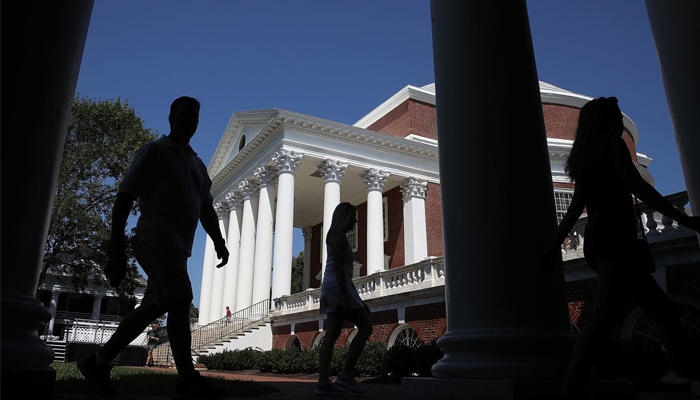 Colleges are increasingly focusing on providing more opportunities for low-income students. And publications are increasing ranking colleges based on how hard they are working to enroll low-income students. But as Catherine Rampell explains in a column in the Washington Post, “these well-intended new rankings have also produced some unintended consequences.”
Colleges are increasingly focusing on providing more opportunities for low-income students. And publications are increasing ranking colleges based on how hard they are working to enroll low-income students. But as Catherine Rampell explains in a column in the Washington Post, “these well-intended new rankings have also produced some unintended consequences.”
Rampell’s article is based on a new study by Caroline Hoxby and Sarah Turner which finds that when we rank colleges based on how many Pell grant recipients they enroll, we may not accurately identify the schools that are doing the best job of recruiting low-income students. Hoxby and Turner demonstrate that more sophisticated tools are needed to determine which colleges are doing the most to provide opportunities for low-income students. They propose a better way of evaluating the effort schools are making to enroll low-income students.
Hoxby and Turner explain,
The question of which colleges and universities lag (or lead) in providing access for low-income students has become a frontline issue in national discussions of educational opportunity. Legislative initiatives such as the bipartisan ASPIRE Act proposed in the U.S. Senate in 2017 would rank institutions based on their percentage of low-income students and impose financial penalties on institutions below a certain ranking. The latest version of the U.S. News & World Report “Best Colleges” rankings includes measures of “social mobility.” Other news outlets like the New York Times and the Washington Monthly have prominently published rankings of colleges based on representation of low-income students while taking editorial positions excoriating (or applauding) individual institutions based on such measures.
Unfortunately, these initiatives ignore a thorny measurement challenge, one that can turn good intentions into penalties for institutions that are actually succeeding in providing opportunities for low-income students and trigger rewards for institutions that are less successful than they might appear.
The study, “The Right Way to Capture College ‘Opportunity’,” by Caroline Hoxby and Sarah Turner, will appear in the Spring 2019 issue of EdNext and is available online now.
— Education Next


